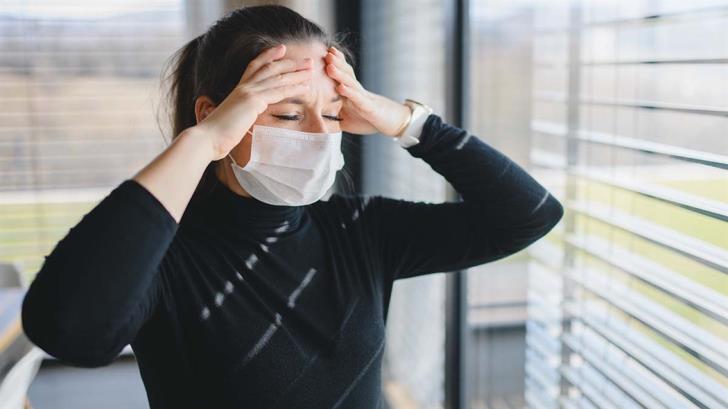Is it easier to catch a coronavirus in the supermarket, on public transport or in a public place? None of the above, as new research in the journal Clinical Infectious Diseases points to the dangers of spreading the virus within the family, shedding light on the reasons why immigrant communities have taken on the greatest burden due to the rapid spread of the virus.
The observational study focused on 100 patients who were diagnosed positive for coronavirus between April 2020 and October of the same year in Raleigh, North Carolina, and a total of 208 members of each family living in the same household. with those initially infected with coronavirus.
The researchers examined household members weekly by PCR coronavirus molecular test and for a period of three weeks after the initial case was detected or by antibody test in the fourth week. In addition to the 73 household members who were positively diagnosed with coronavirus, the incidence of secondary disease among family members was 32%.
However, the researchers believe that this percentage was even higher, explaining that: "Sometimes we checked family members 4 or 5 days after the onset of symptoms from the first case, which means that until then many members household were already infected. But because it happened before we got there, we could not include it in our data, "said Jessica Lin, MD, senior study author and assistant professor in the Department of Infectious Diseases at the University of North Carolina School of Medicine.
It is worth noting that the study was conducted before the advent of the even more contagious Delta mutant, with Jessica Lin estimating that the proportion of current individuals infected in the second year is higher.
The majority of secondary cases occurred within the first week of initial diagnosis. COVID-19. According to the researchers, these cases had a similar viral load to the original cases, after analyzing the concentration in the nose and mouth area: "A higher viral load increases the chances of secondary transmission within a household, while the viral "Load is another indication of how seriously a person can get sick," explains Jessica Lin.
This study also looked at how the number of people living in the household in each household affected the spread of the virus, a key factor in domestic transmission. In fact, 44% of the households in the study were of Latin American descent or members of some other minority. What was observed was that these households had more members living together and therefore the risk of secondary transmission was higher.
But is there a way to deal with it? The only salvation that Jessica Lin points out against intra-family transmission is none other than vaccination, as it creates a shield of protection between individuals, eradicating secondary transmission. In fact, he emphasizes that even if only one person has been vaccinated, it can make a difference, especially since this is the first case in the family. A vaccinated person has a particularly low viral load, making intra-familial transmission even more difficult.
"Intra-family transmission is really the main place where most people become infected with the coronavirus," says Jessica Lin. "It is transmitted by family and friends, people who feel safe with them. But when we are vaccinated, we protect not only ourselves, but also our loved ones. "
Source: Ygeiamou.gr
